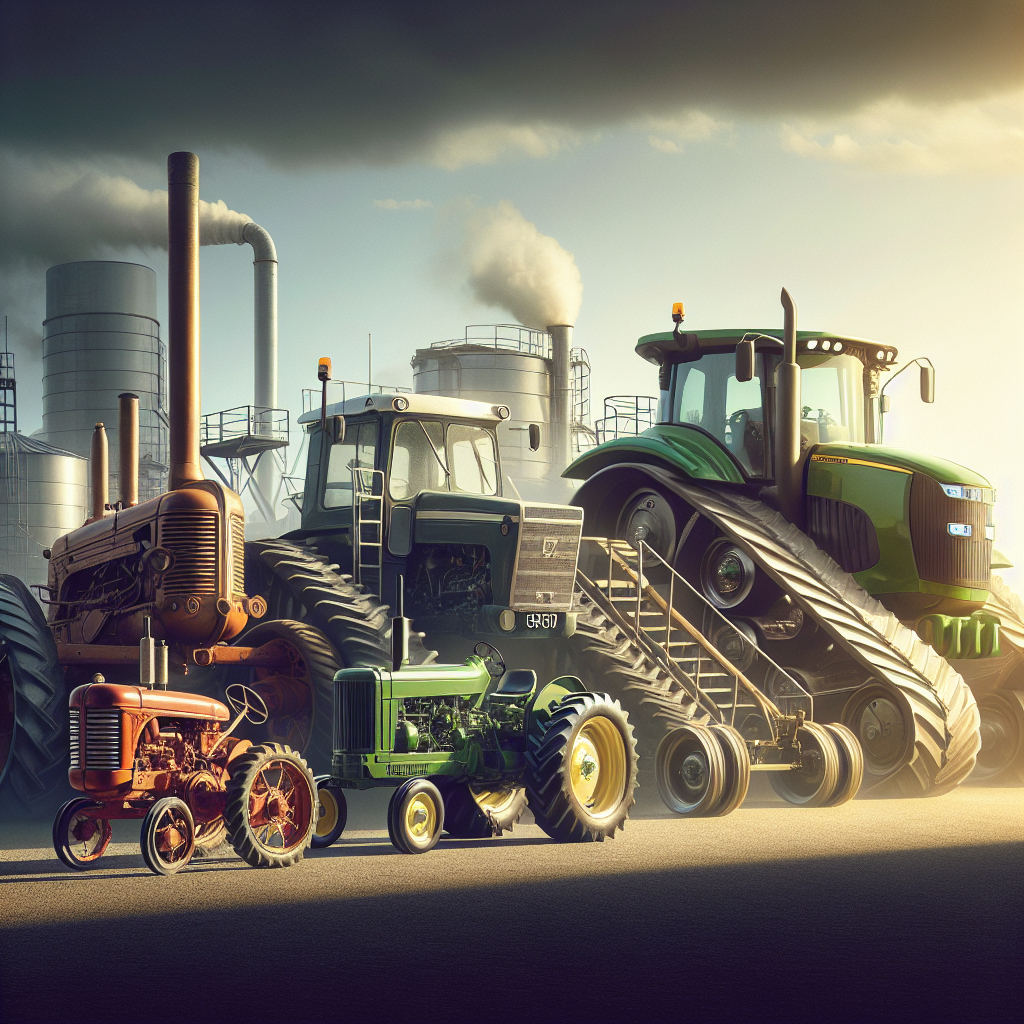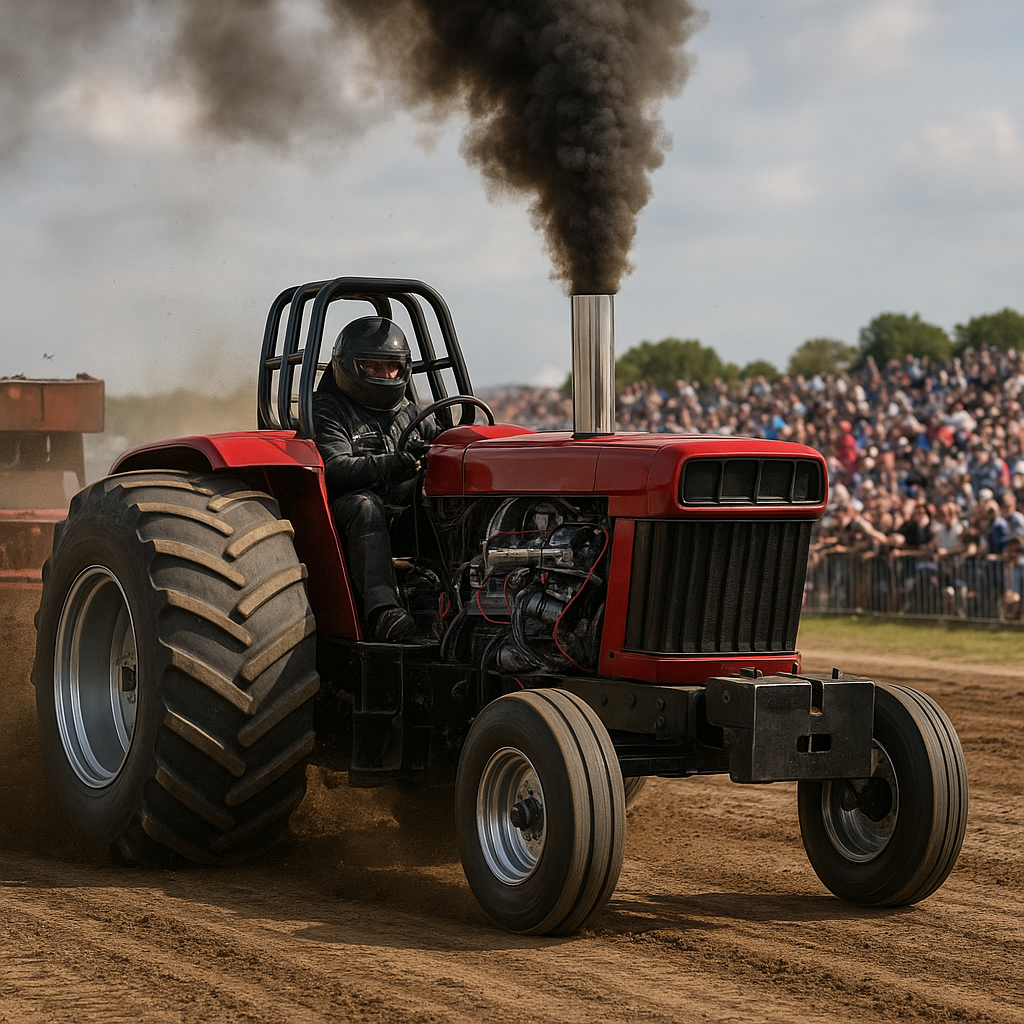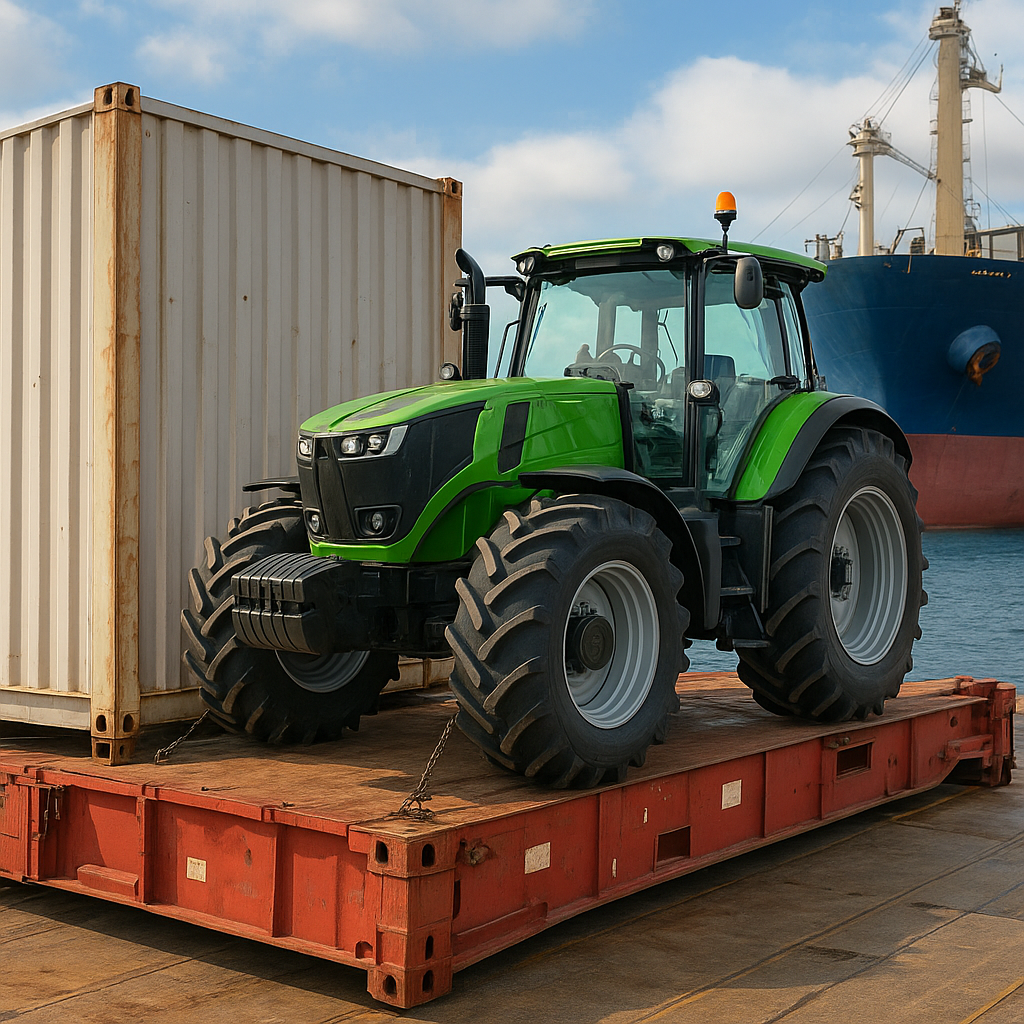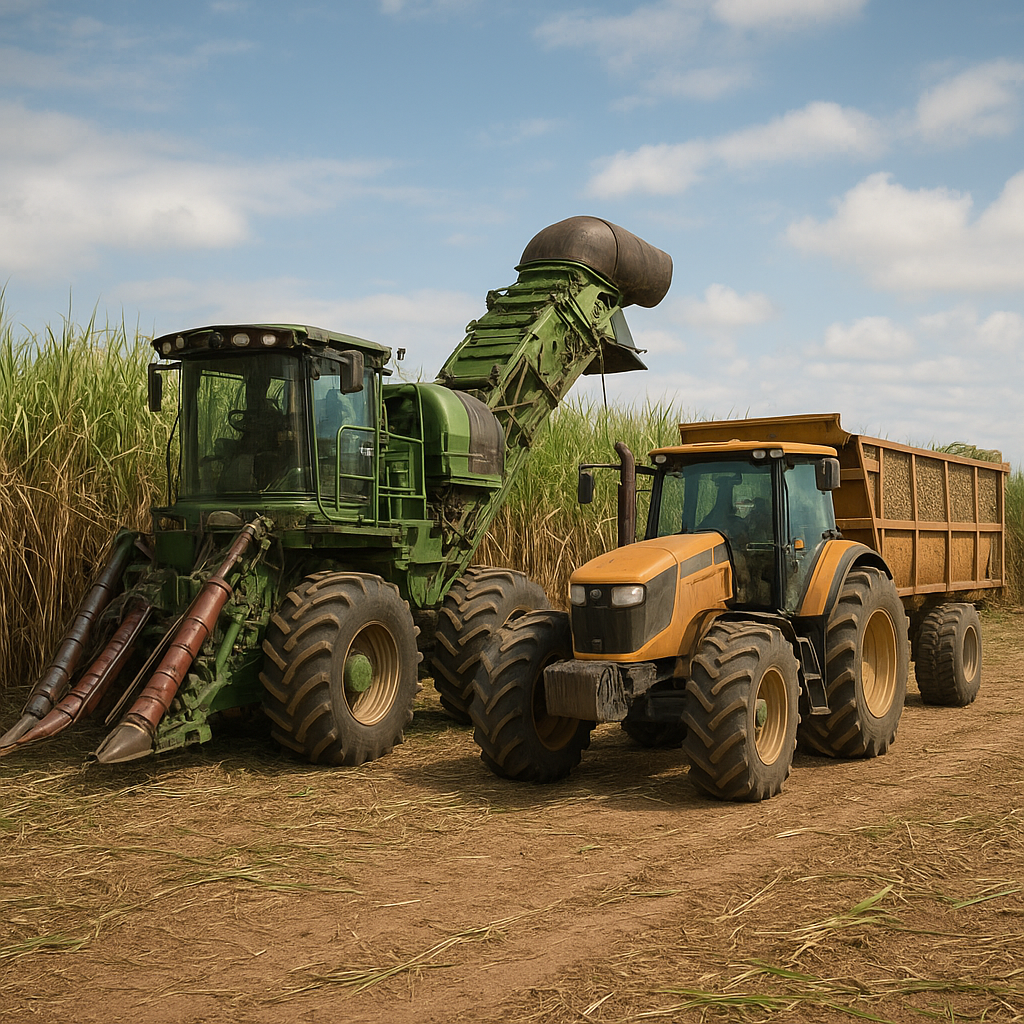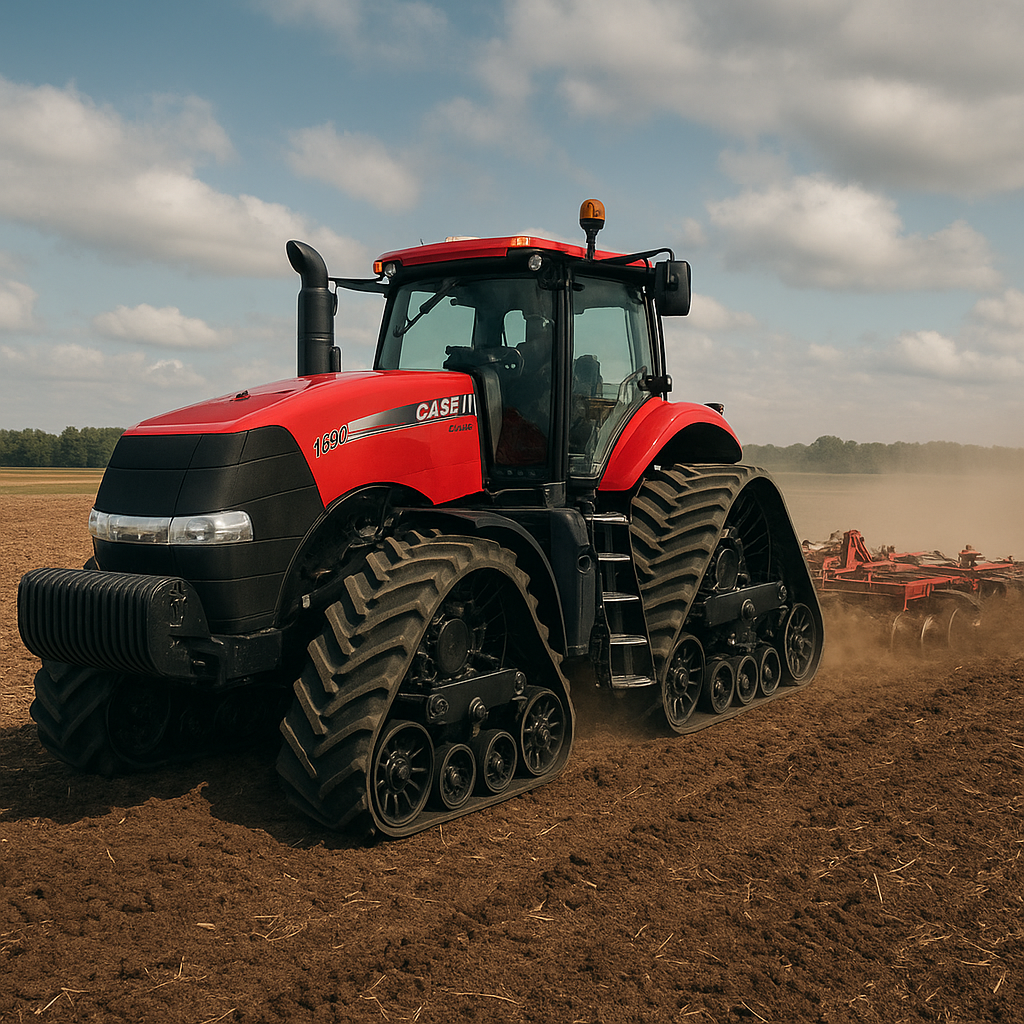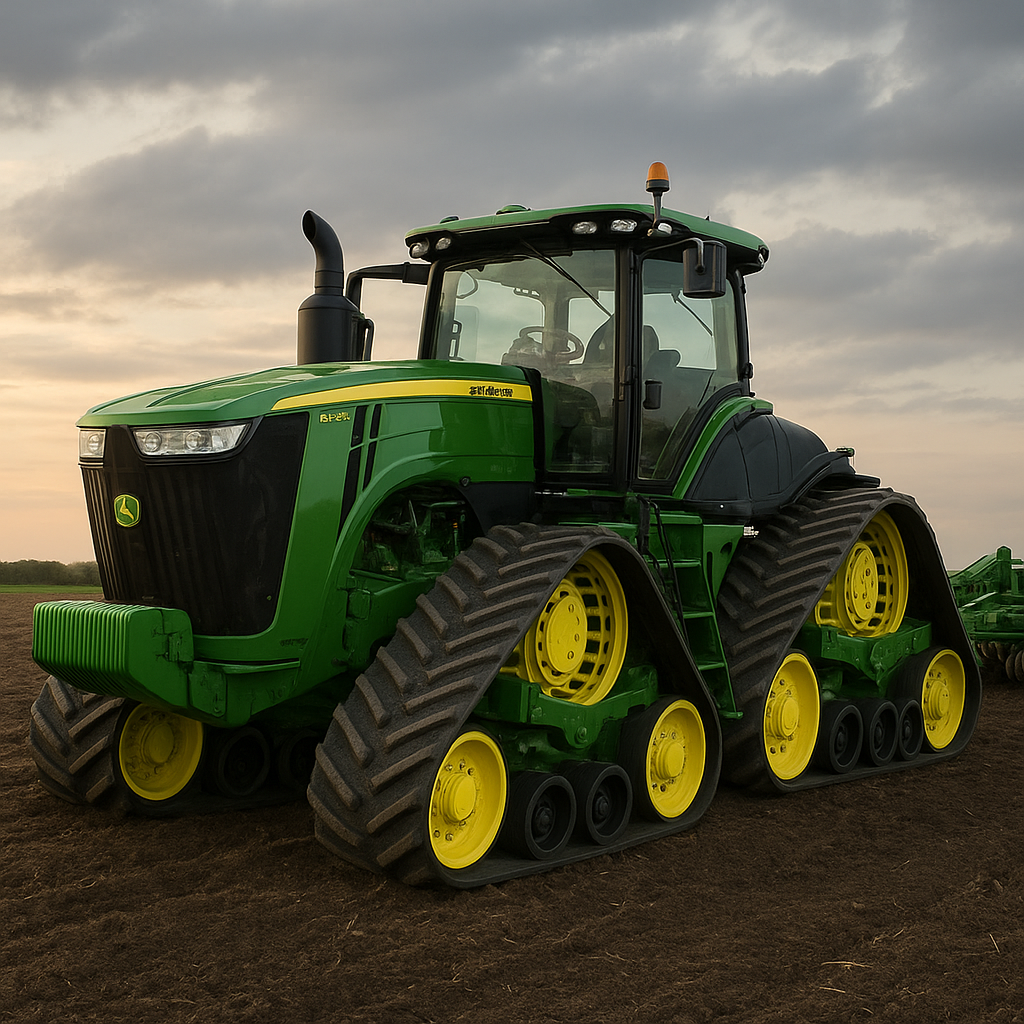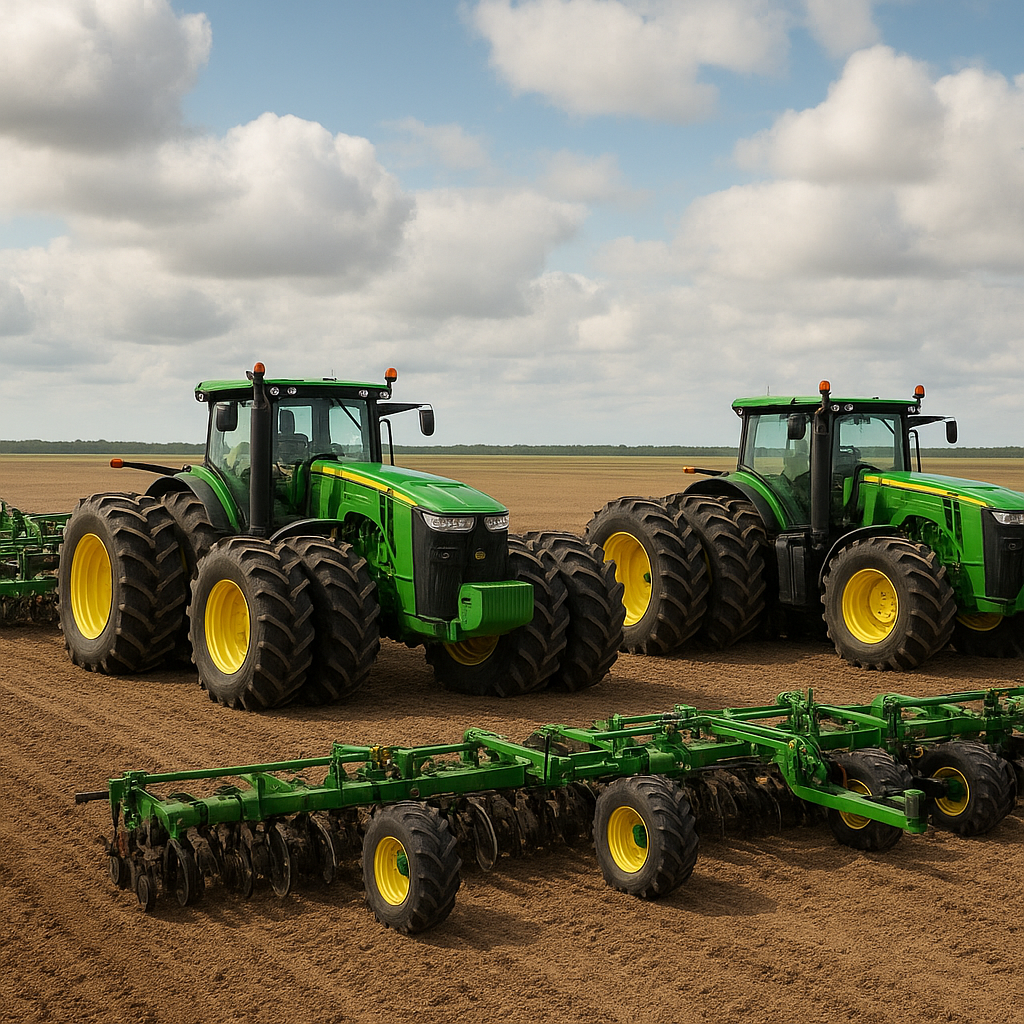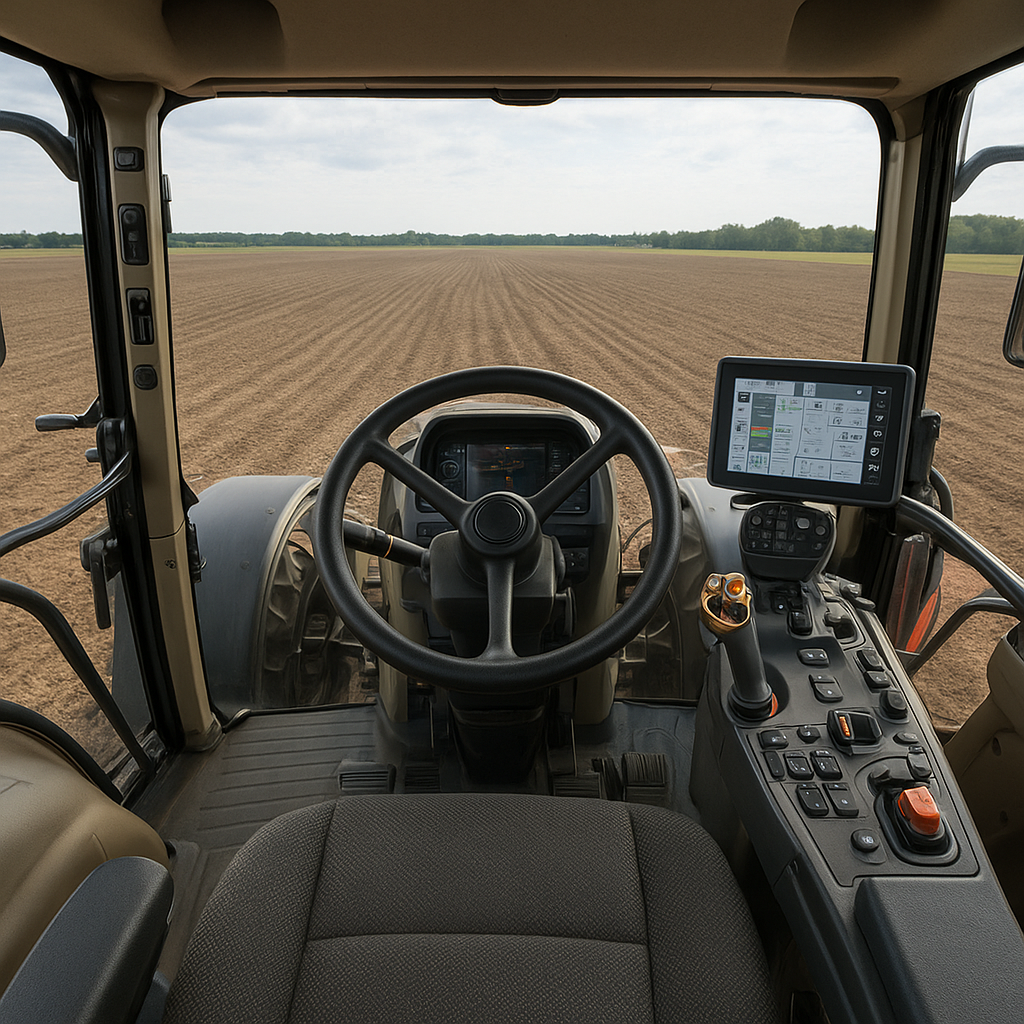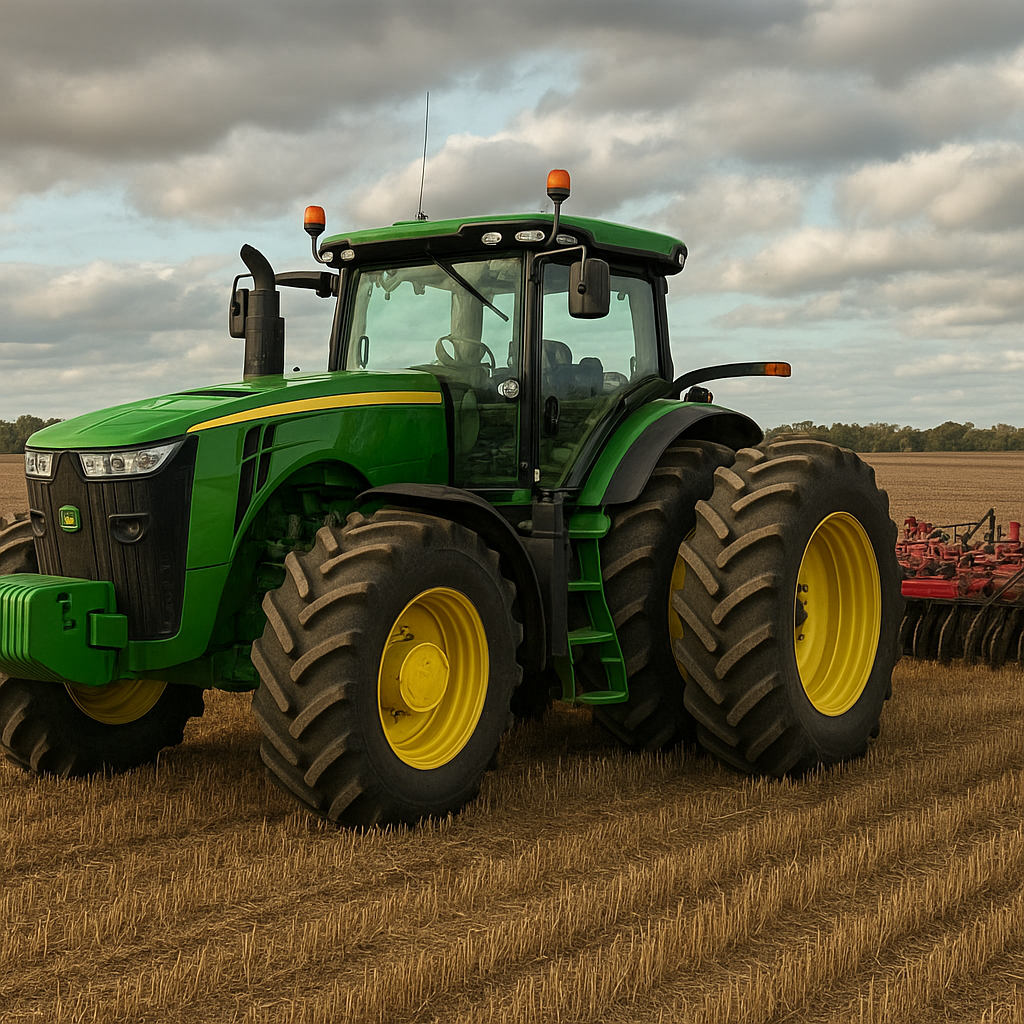Tractors have played a pivotal role in the evolution of agriculture, transforming the way farming is conducted and significantly increasing productivity. This article delves into the fascinating world of vintage and classic tractors, exploring their technological advancements and the impact they have had on the agricultural industry.
The Early Days of Tractor Technology
The history of tractors dates back to the late 19th and early 20th centuries, a period marked by significant innovation and experimentation. The first tractors were steam-powered behemoths, cumbersome and not particularly efficient. However, they represented a monumental shift from animal-powered farming to mechanized agriculture.
One of the earliest and most notable steam tractors was the “Fowler’s Steam Ploughing Engine,” developed in the 1850s by John Fowler, an English agricultural engineer. These early machines were primarily used for plowing fields and were often operated in pairs, with a cable system running between them to pull a plow back and forth across the field.
Despite their groundbreaking nature, steam tractors had several limitations. They were heavy, difficult to maneuver, and required a constant supply of water and coal. These drawbacks led to the development of internal combustion engine tractors, which would soon revolutionize the industry.
The Advent of Gasoline and Diesel Tractors
The transition from steam to internal combustion engines marked a significant milestone in tractor technology. The first gasoline-powered tractor, the “Holt 45,” was introduced in 1904 by the Holt Manufacturing Company. This tractor was lighter, more maneuverable, and easier to operate than its steam-powered predecessors.
In 1917, the Fordson Model F, produced by Henry Ford & Son Inc., became the first mass-produced tractor. Its affordability and reliability made it immensely popular among farmers, and it played a crucial role in the mechanization of agriculture in the United States and beyond.
Diesel engines, which offered greater fuel efficiency and torque, began to gain popularity in the 1930s. The introduction of the Caterpillar Diesel Sixty Tractor in 1931 marked the beginning of the diesel era. These tractors were particularly well-suited for heavy-duty tasks and quickly became the preferred choice for many farmers.
Iconic Vintage and Classic Tractors
Several tractors from the early to mid-20th century have achieved iconic status, celebrated for their design, engineering, and impact on agriculture. These vintage and classic tractors are cherished by collectors and enthusiasts alike.
John Deere Model A
Introduced in 1934, the John Deere Model A was one of the most popular tractors of its time. Known for its distinctive green and yellow color scheme, the Model A was versatile and reliable, making it a favorite among farmers. It featured a two-cylinder engine and was available in various configurations to suit different farming needs.
Farmall Model H
The Farmall Model H, produced by International Harvester from 1939 to 1953, was another iconic tractor. It was designed to be a general-purpose tractor, capable of handling a wide range of tasks. The Model H was known for its durability and ease of maintenance, and it played a significant role in the mechanization of small to medium-sized farms.
Ford 8N
The Ford 8N, introduced in 1947, was a successor to the popular Ford 9N and 2N models. It featured several improvements, including a four-speed transmission and a more powerful engine. The 8N was known for its affordability and versatility, making it a popular choice for farmers across the United States.
The Impact of Tractor Technology on Agriculture
The evolution of tractor technology has had a profound impact on agriculture, transforming it from a labor-intensive industry to one characterized by efficiency and productivity. Tractors have enabled farmers to cultivate larger areas of land, plant and harvest crops more quickly, and perform a wide range of tasks with greater precision.
One of the most significant benefits of tractors is their ability to reduce the physical labor required for farming. Before the advent of tractors, farming was an arduous and time-consuming process, often involving the use of horses or oxen to plow fields and transport goods. Tractors have alleviated much of this burden, allowing farmers to focus on other aspects of their operations.
Tractors have also contributed to the development of modern farming techniques, such as precision agriculture. Equipped with advanced technologies like GPS and automated steering systems, modern tractors can perform tasks with remarkable accuracy, optimizing the use of resources and minimizing waste.
Preserving the Legacy of Vintage and Classic Tractors
As technology continues to advance, vintage and classic tractors serve as a reminder of the ingenuity and innovation that have shaped the agricultural industry. Collectors and enthusiasts play a crucial role in preserving these machines, ensuring that future generations can appreciate their historical significance.
Restoration and preservation efforts often involve meticulous attention to detail, with enthusiasts sourcing original parts and adhering to authentic restoration practices. Vintage tractor shows and exhibitions provide a platform for enthusiasts to showcase their restored machines and share their passion with others.
In addition to their historical value, vintage and classic tractors offer a glimpse into the evolution of engineering and design. They represent a time when mechanical simplicity and durability were paramount, and their continued operation is a testament to the craftsmanship of their creators.
The Future of Tractor Technology
While vintage and classic tractors hold a special place in the hearts of many, the future of tractor technology is equally exciting. Advances in automation, electrification, and connectivity are poised to revolutionize the industry once again.
Autonomous tractors, capable of operating without human intervention, are already being tested and deployed in some areas. These machines have the potential to further increase efficiency and reduce labor costs, allowing farmers to focus on strategic decision-making and management.
Electric tractors, powered by batteries or fuel cells, offer a sustainable alternative to traditional diesel-powered machines. As concerns about climate change and environmental impact grow, the adoption of electric tractors is expected to increase, reducing greenhouse gas emissions and promoting sustainable farming practices.
Connectivity and data analytics are also playing a significant role in the future of tractor technology. Modern tractors are equipped with sensors and communication systems that collect and transmit data in real-time. This data can be used to monitor equipment performance, optimize operations, and make informed decisions about crop management.
Conclusion
The evolution of tractor technology, from the early steam-powered machines to the advanced autonomous and electric tractors of today, has had a profound impact on agriculture. Vintage and classic tractors serve as a testament to the ingenuity and innovation that have driven this progress, while the future holds exciting possibilities for further advancements.
As we look back on the history of tractors, it is clear that these machines have played a crucial role in shaping the agricultural industry. Their legacy continues to inspire and inform the development of new technologies, ensuring that farming remains a vital and sustainable practice for generations to come.
